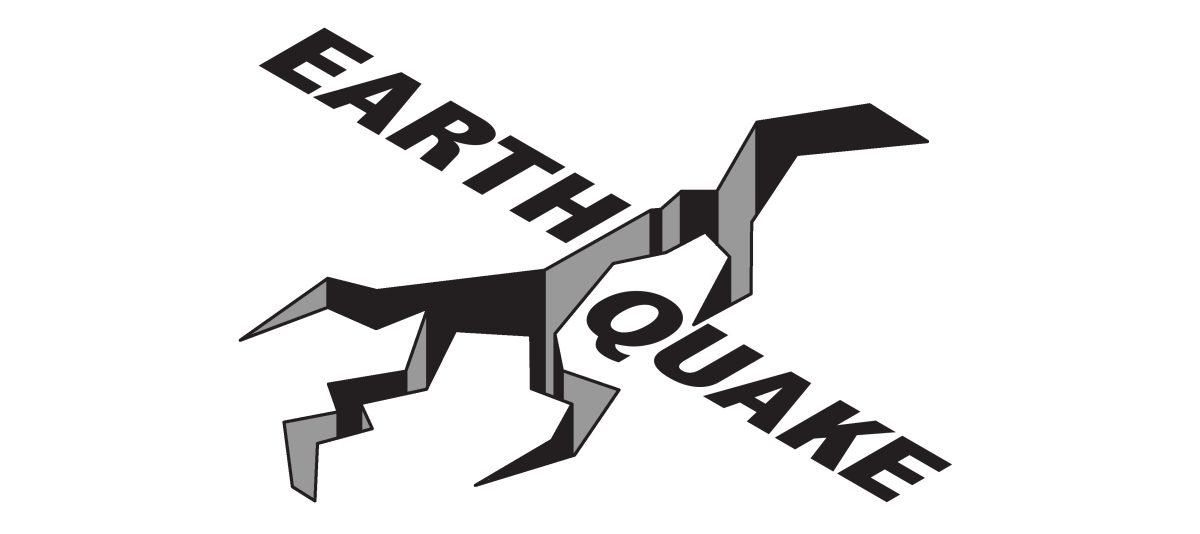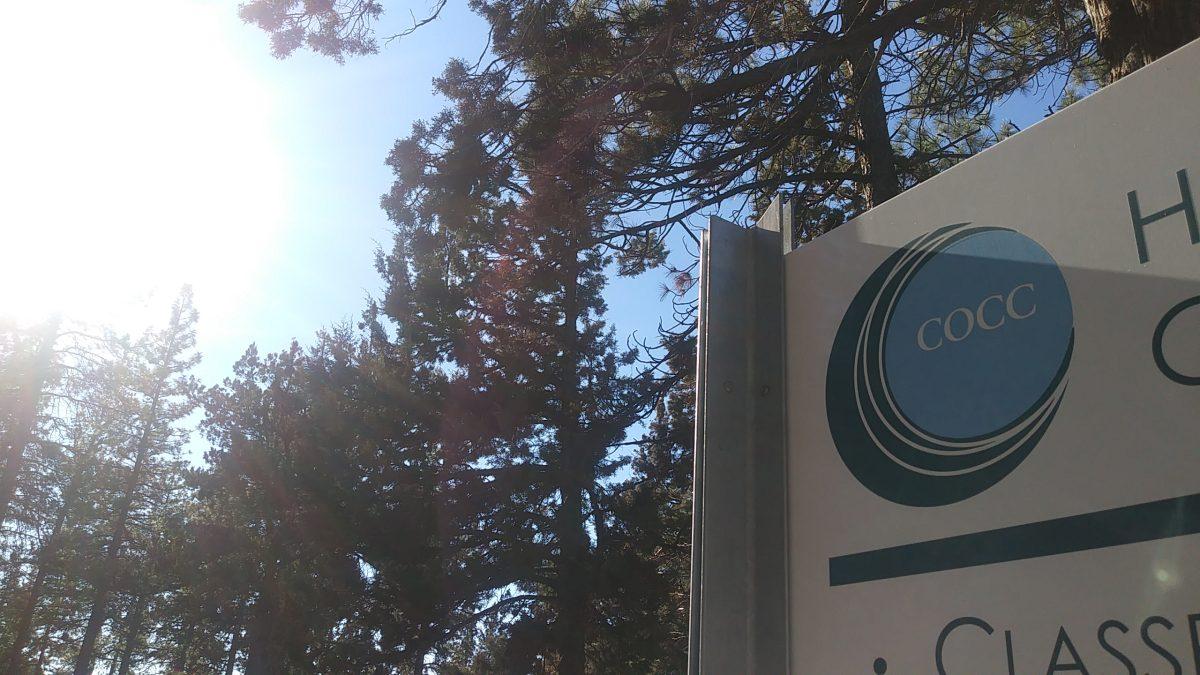Oregon has a chance of experiencing a magnitude-8 earthquake in the next 50 years. The Cascadia Subduction Zone runs right through Oregon, extending from British Columbia to Northern California. Earthquakes that occur in great subduction zones are among the largest in the world. Scientists predict that the Pacific Northwest is due for a massive, “megathrust” quake that could hit any time. An earthquake in this zone could potentially be more destructive than one along the San Andreas fault.
While many often think of California when it comes to earthquakes, they can happen in the Beaver State, as well. In 2016, numerous quakes occurred off the Oregon coast. While they have been small and caused minimal or no damage at all, in comparison to the predicted “Big One,” earthquakes are included in emergencies to be prepared for.
Campus Public Safety (CPS) has provided an online manual covering emergency procedures at COCC. If an earthquake of any size were to occur, the manual provides information on what to do. Among these procedures are staying indoors, taking cover underneath a desk or table, staying away from windows, and avoiding elevators. If a situation occurs where being indoors is not an option, stay away from trees, buildings, and power lines. The safest position is the fetal position, covering the head and neck.
When the shaking stops, evacuation is the next step, as falling objects, swinging doors, and broken windows indoors are the biggest dangers. In the event of an evacuation, CPS provides a list of assembly areas for each building that are known to emergency responders. Along with the list, there is a color-coded map of each assembly area.
All emergency procedures and the evacuation map are available on the COCC website under Public Safety.
Hannah Welbourn | The Broadside
Contact: [email protected]














